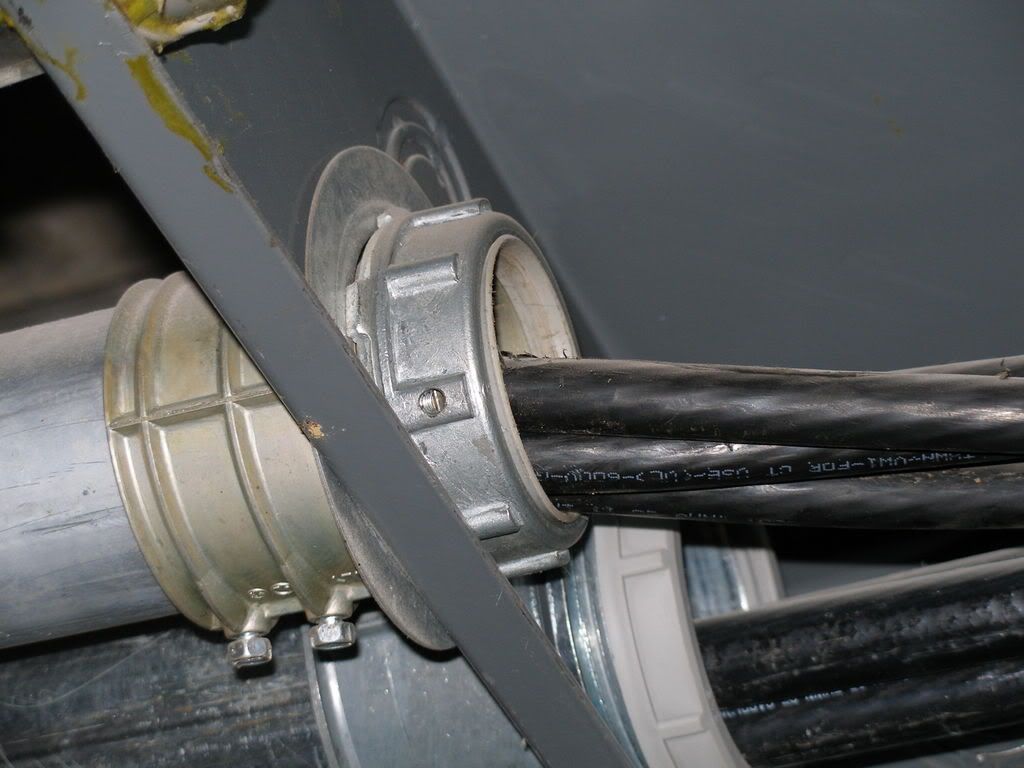- Location
- Bremerton, Washington
- Occupation
- Master Electrician
UL has a listing for reducing washers, they are stamped with a UL. This type of reducing washer does not require a bonding jumper to maintain the effective ground fault current path.
Has anyone ever seen a UL listed reducing washer and if so who is the manufacturer?
Has anyone ever seen a UL listed reducing washer and if so who is the manufacturer?


